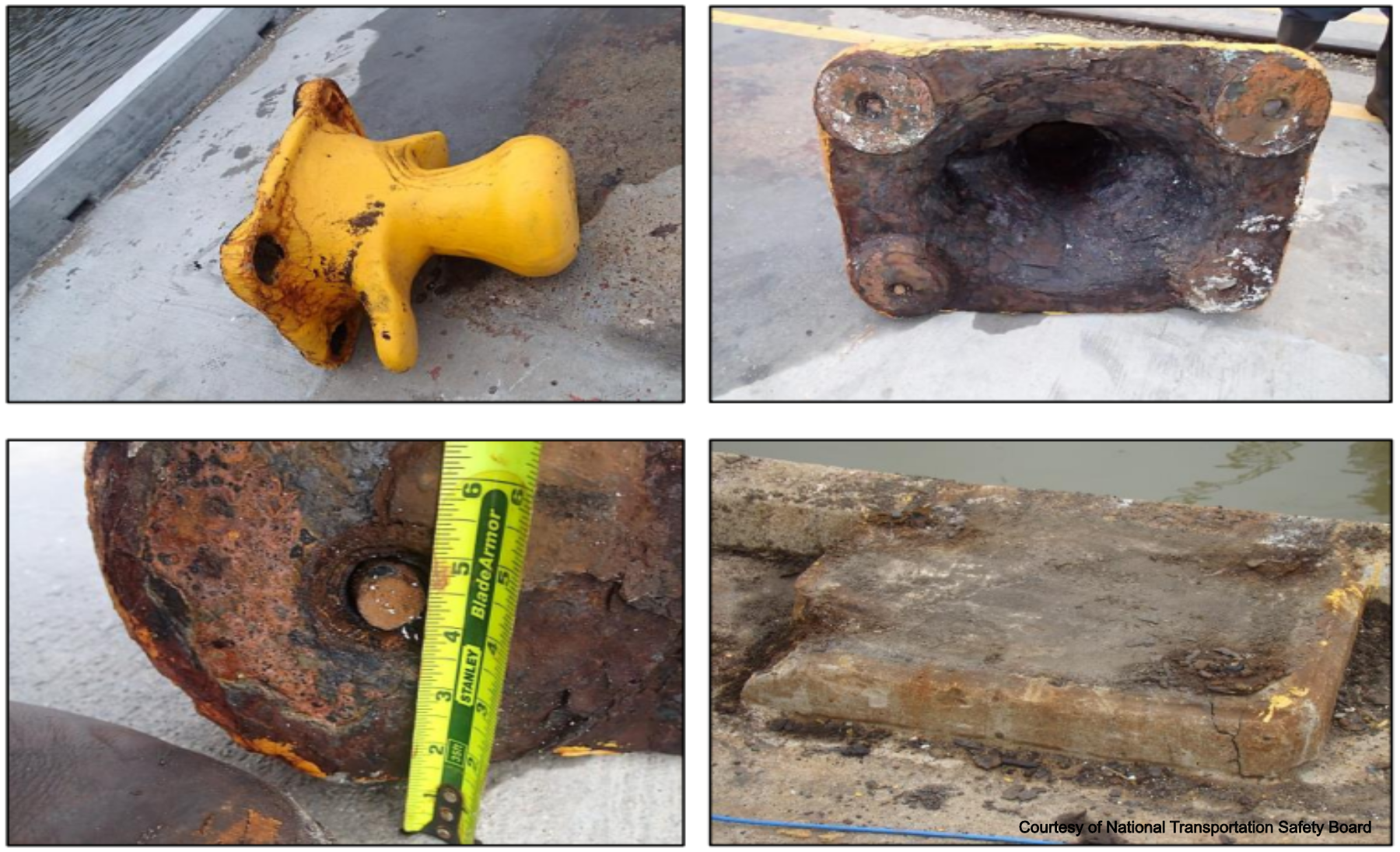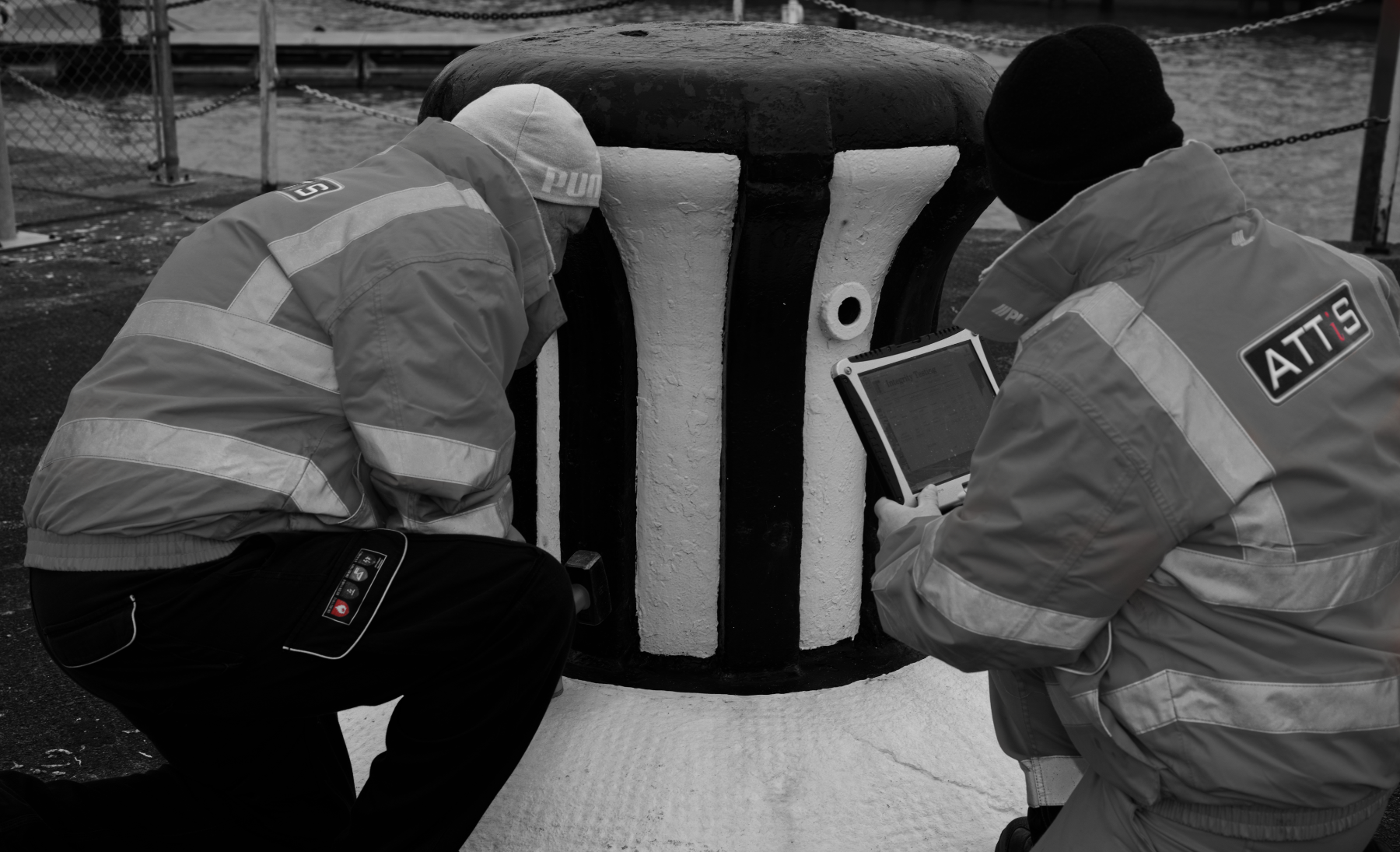Effectively managing the case for safety - Part 2 - Culture

Measuring culture and its impact
There is a current fashion for referring to “safety culture”, as if this should be in some way divisible from other aspects of an organization’s function. Consider how likely it might be that a company could have an outstanding safety culture but a poor one in respect of employee engagement? Or an ambitious and well-documented safety culture but a lackadaisical approach to its customers, in terms of the quality of safety of the products or services it provides? Quality, welfare, financial probity, management obligation and engagement—all these as well as many other factors concerned with an organization’s undertaking are a result of, or are influenced by, a commitment to safety and safe practice. Safety is an aversion to a harmful outcome, howsoever it may be derived, and culture is the key to encapsulating and practising that aversion.
- Culture is impacted by many things including, but not limited to:
- Communication
- Metrics
- Behavioural maturity
- Risk appetite
- Organizational maturity
- Training
- Risk tolerance
This is just an excerpt from the book and culture involves a lot of other things, off course you will have to buy the book to find out more.
Available directly from Routledge Taylor & Francis Group and all good bookshops.
Our previous book, An Effective Strategy for Safe Design in Engineering and Construction, published by Wiley, is also available.





